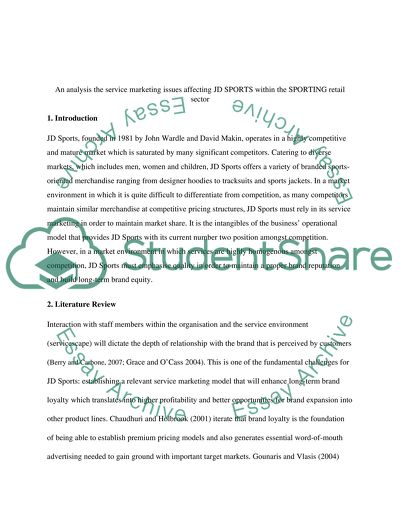Cite this document
(“An analysis the service marketing issues affecting JD SPORTS within Essay”, n.d.)
Retrieved from https://studentshare.org/marketing/1613237-an-analysis-the-service-marketing-issues-affecting-jd-sports-within-the-sporting-retail-sector
Retrieved from https://studentshare.org/marketing/1613237-an-analysis-the-service-marketing-issues-affecting-jd-sports-within-the-sporting-retail-sector
(An Analysis the Service Marketing Issues Affecting JD SPORTS Within Essay)
https://studentshare.org/marketing/1613237-an-analysis-the-service-marketing-issues-affecting-jd-sports-within-the-sporting-retail-sector.
https://studentshare.org/marketing/1613237-an-analysis-the-service-marketing-issues-affecting-jd-sports-within-the-sporting-retail-sector.
“An Analysis the Service Marketing Issues Affecting JD SPORTS Within Essay”, n.d. https://studentshare.org/marketing/1613237-an-analysis-the-service-marketing-issues-affecting-jd-sports-within-the-sporting-retail-sector.


